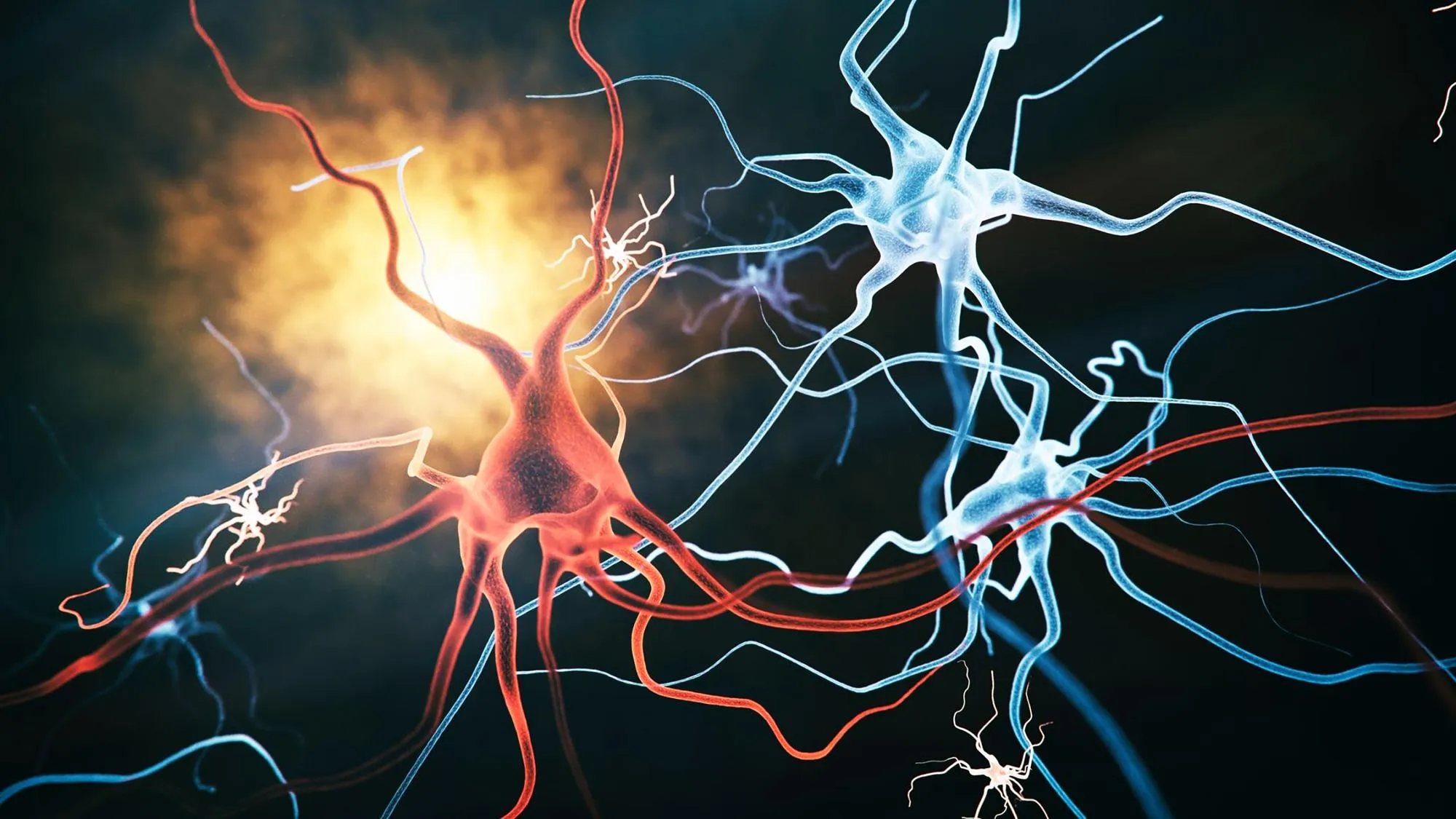The Intricate Dance Between Neurons and Blood Vessels
The human brain, that intricate organ nestled within the skull, remains one of the most enigmatic frontiers in science. Despite advancements in neurobiology, many of its secrets continue to elude us. However, researchers like Adam D. Hogan-Cann and colleagues at the University of Manitoba are untangling these mysteries, proving that our brain’s blood flow is influenced not just by the beats of our heart but by the very whispers of neuronal activity.
In a groundbreaking study published in the Proceedings of the National Academy of Sciences (doi: 10.1073/pnas.1902647116), Hogan-Cann and his team reveal that endothelial NMDA receptors—typically associated with neurons—play a critical role in mediating the brain’s blood supply in response to its energy demands. This discovery not only reshapes our understanding of neurovascular coupling but also paves the way for novel treatments for brain disorders.
The Groundbreaking Discovery
The University of Manitoba’s team focused on understanding how arterioles, small blood vessels in the brain, adjust their diameter in response to neuronal activation. Until now, it was generally accepted that neuronal NMDA receptors were primarily responsible for modulating this process. These receptors, known for their role in neural communication, glutamate signaling, and synaptic plasticity, were also thought to induce blood flow changes indirectly through intermediate signaling pathways.
However, using advanced two-photon microscopy, the team observed a direct correlation between the activation of endothelial NMDA receptors in the brain’s blood vessels and the subsequent increase in blood flow—an indication that these receptors could respond directly to neuron-initiated signals. This represents a paradigm shift in how we view the neurovascular unit—a dynamic entity comprising neurons, blood vessels, and glial cells—working in harmonious concert to maintain cerebral health.
The Research Journey
Hogan-Cann’s team embarked on a journey to dissect this process. Experiments using mouse models revealed that stimulating the brain’s cortex led to activity-dependent vasodilation, an increase in the diameter of blood vessels, thereby enhancing cerebral blood flow. Crucially, they showed that inhibiting endothelial NMDA receptors blunted this hemodynamic response, indicating their essential role.
This finding was bolstered by the work of Chen et al. (2014), which emphasized the vascular endothelium’s role in functional neurovascular coupling in the brain, and Lu et al. (2019), who demonstrated the activation of endothelial NMDA receptors by astrocytes as a key driver of cortical vasodilation. Together, these studies suggest an elegant and direct mechanism where neurons and blood vessels communicate to ensure sufficient blood supply to active brain regions.
The Broader Implications
Understanding how blood flow is regulated at such a granular level is crucial, as disruptions to this delicate balance can lead to numerous pathologies, from ischemia to neurodegenerative conditions. For instance, Traynelis et al. (2010) provided a comprehensive review of glutamate receptor ion channels, including NMDA receptors, highlighting their importance in brain function and dysfunction.
Iadecola (2017) celebrated the neurovascular unit’s maturity by mapping its journey through various health and disease states. A more nuanced appreciation of the NMDA receptors on endothelial cells can inform therapeutic strategies seeking to ameliorate neurovascular dysfunctions.
Challenges and Future Directions
The complexity of the brain’s vascular architecture, revealed through the molecular atlases crafted by Vanlandewijck et al. (2018) and Zeisel et al. (2018), presents a formidable challenge for researchers. Each cell type—be it glia, neuron, or endothelial cell—participates in a dynamic interplay that is crucial for cerebral function but is also remarkably fragile. Dissecting these pathways without disrupting the delicate equilibrium of the brain requires innovative technologies and a nuanced understanding of cellular interactions.
Building on the insights gained from this study on endothelial NMDA receptors, future research endeavors can explore therapeutic avenues targeting these receptors for conditions like stroke or dementia. Moreover, this understanding underscores the importance of vascular health in cognitive function and neurological resilience.
Keywords
1. Neurovascular coupling
2. Endothelial NMDA receptors
3. Cerebral blood flow regulation
4. Brain hemodynamic responses
5. Two-photon microscopy neuroscience
References
1. Chen, B. R., Kozberg, M. G., Bouchard, M. B., Shaik, M. A., & Hillman, E. M. (2014). A critical role for the vascular endothelium in functional neurovascular coupling in the brain. Journal of the American Heart Association, 3, e000787. doi:10.1161/JAHA.114.000787
2. Longden, T. A., et al. (2017). Capillary K+-sensing initiates retrograde hyperpolarization to increase local cerebral blood flow. Nature Neuroscience, 20, 717–726. doi:10.1038/nn.4553
3. Traynelis, S. F., et al. (2010). Glutamate receptor ion channels: Structure, regulation, and function. Pharmacological Reviews, 62, 405–496. doi:10.1124/pr.109.002451
4. Lu, L., et al. (2019). Astrocytes drive cortical vasodilatory signaling by activating endothelial NMDA receptors. Journal of Cerebral Blood Flow & Metabolism, 39, 481–496. doi:10.1177/0271678X18803584
5. Iadecola, C. (2017). The neurovascular unit coming of age: A journey through neurovascular coupling in health and disease. Neuron, 96, 17–42. doi:10.1016/j.neuron.2017.07.008
By integrating the complex threads of research, the pioneering work of Hogan-Cann and colleagues offers a fresh lens through which to view the finely-tuned orchestra of the brain’s vascular biology. As science marches forward, this newfound role of endothelial NMDA receptors in cerebral hemodynamics not only contributes a piece to the puzzle of brain function but also heralds a future where brain health can be preserved and restored in ways we are only beginning to imagine.
